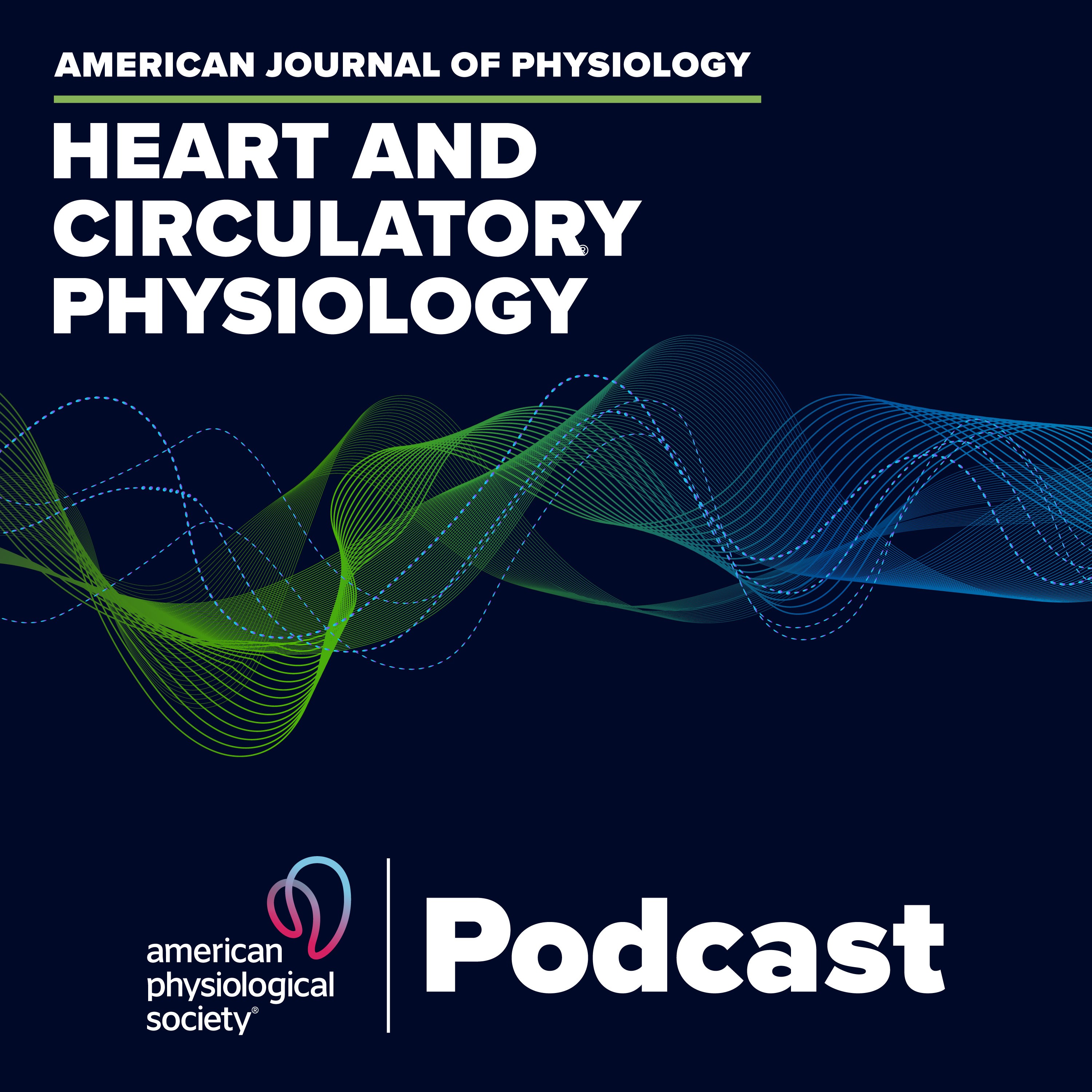LV Vortex Patterns Change from Newborns to Adults
Description
“You cannot make good predictions for patients until you understand the physiology,” stated Dr. Kristian Becker (Icahn School of Medicine at Mount Sinai). Becker and co-authors demonstrated for the first time echocardiographic evidence of a transition in the left ventricular vortex patterns of the heart from the newborn period to the adult period. Listen as Associate Editor Dr. Amanda LeBlanc (University of Louisville) interviews Dr. Becker and expert Dr. Ann Chiao (Oklahoma Medical Research Foundation) about how the authors used vector flow mapping to identify changes in cardiovascular efficiency, which were marked by increased energy loss during infancy. In this Rapid Report, which was published in the Call for Papers on the Impact of Aging in the Cardiovascular System, Becker and co-authors found that one early diastolic vortex in newborns transitions to two early diastolic vortices by 2 years of age. Vector flow mapping is an echocardiographic technique that combines doppler ultrasound and blood speckle tracking to follow the direction and velocity of blood in the heart. As a bridge between cardiac MRI and traditional ultrasound, vector flow mapping gives researchers and pediatric cardiologists an understanding of how blood is flowing in the heart and whether heart defects or cardiomyopathies affect blood flow. Given that the heart is a master adapter—it grows from about the size of a walnut at birth to the size of a peach in adulthood—mapping energy loss when the heart is transitioning in size and shape with age is critically important to clinicians. The authors want to take their research from bench to bedside, and back to the bench, for a complete understanding of the heart. Listen now to find out more.
Kristian C. Becker, Jennifer Cohen, Jon D. Nyce, Jen Lie Yau, Santosh C. Uppu, Partho P Sangupta, and Shubhika Srivastava Age Related Changes in Left Ventricular Vortex and Energy Loss Patterns: From Newborns to Adults Am J Physiol Heart Circ Physiol, published March 10, 2023. DOI: 10.1152/ajpheart.00002.2023
More Episodes
While decreased IL-33 signaling has been associated with preeclampsia, the mechanisms linking this signaling pathway to disease pathophysiology are not well understood. In this episode, Associate Editor Dr. Amanda LeBlanc (University of Louisville) interviews author Dr. Denise Cornelius...
Published 06/04/24
Published 06/04/24
In this episode, Associate Editor Dr. Jonathan Kirk (Loyola University Chicago) interviews author Dr. Ed Lesnefsky (Richmond Department of Veterans Affairs Medical Center and Virginia Commonwealth University) and expert Dr. Chi Fung Lee (Oklahoma Medical Research Foundation) about the new Methods...
Published 05/03/24


